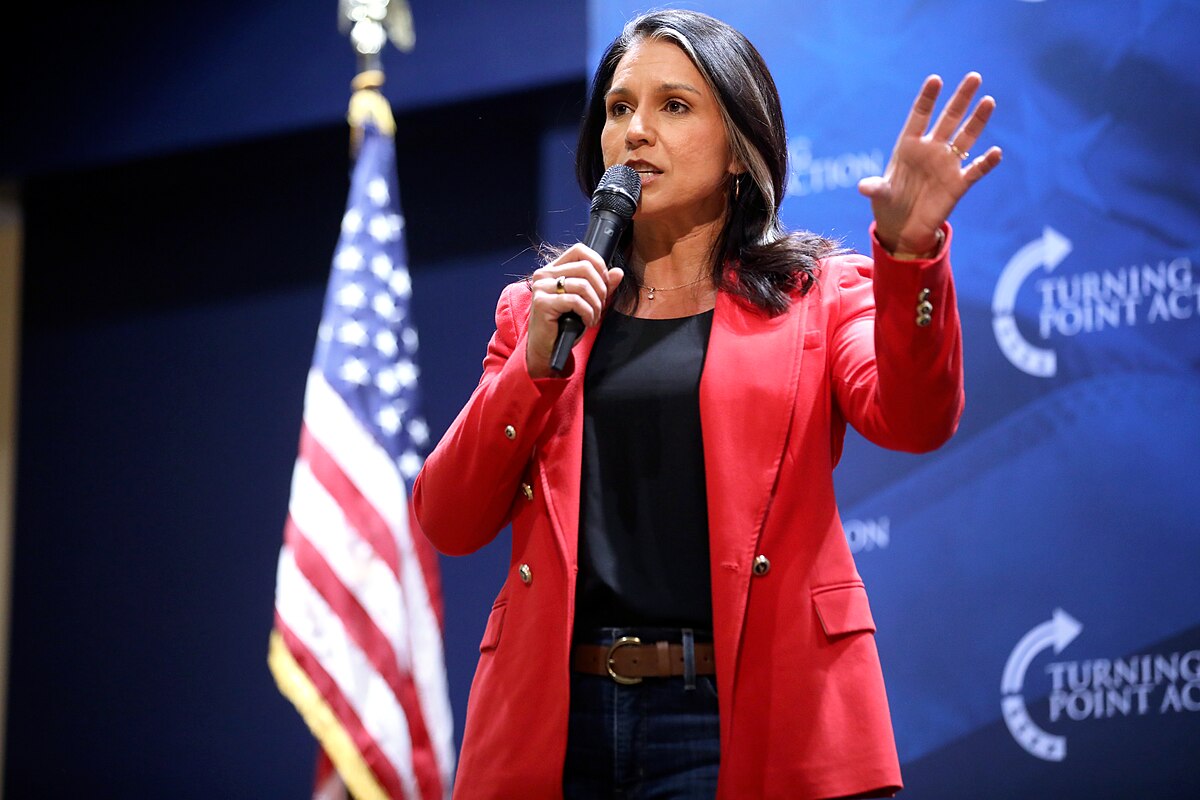Interesting Insights on Bananas, a Favorite Fruit in America
The discussed article delves into the intriguing world of banana cultivation, an interest sparked by the author’s visit to a banana plantation in Costa, Rica. Since then, the author has taken several groups from Michigan State University to explore Sagitun Farm near Placencia, Belize, learning more about the processes involved in banana farming. The author recommends virtual tours through Dole’s informational videos about planting and harvesting bananas to highlight the logistical and labor-intensive efforts required to transport these popular fruits from farms to consumers’ tables.
Additionally, the article presents an array of fascinating banana-related facts. Bananas, referred to as the “fruit of wise men” and categorized as a berry due to their internal seeds, are a staple in the American diet, with each person consuming about 27 pounds annually. Despite being a common item in grocery stores, bananas require extensive resources to grow at a low cost, typically around 60 cents per pound.
The piece outlines that bananas, which do not grow on trees but are the fruit of large herbs, are propagated through cuttings, meaning each banana is genetically identical to its origin plant. The most common commercial variety is the Cavendish. Challenges to banana cultivation include threats from the fungal disease TR4, leading to stringent biosecurity measures on farms.
Globally, bananas are grown in 135 countries and are a critical source of income and food security for many people, demonstrating their significance beyond just a dietary staple. Banana leaves have versatile uses in cooking and crafts, illustrating the plant’s cultural importance.
In addition to practical information, the article suggests resources for further exploration into bananas, including an episode from NPR’s Freakonomics titled “The Most Interesting Fruit in the World,” which discusses the history and future of bananas. The insights provided offer a comprehensive view of the extensive journey of bananas from farm to table and underline their economic and nutritional relevance worldwide.
By Dixie Sandborn, Michigan State University Extension June 16, 2024 at 10:00am
I have been fascinated with how bananas grow ever since I visited a banana plantation in Costa Rica several years ago.
Since then, I have been privileged to take several groups of Michigan State University students to learn more about this fascinating crop from a banana farmer while touring Sagitun Farm near Placencia, Belize.
I find the way bananas are grown, harvested, packed and transported all interesting.
To see for yourself, take a virtual visit to a banana farm through Dole’s “Planting and Growing Bananas” video.
You can also check out their “Harvesting Bananas” video.
The videos should give you a new understanding of what it takes to get one of our most loved fruits from the farm to our tables.
Are bananas regularly a part of your diet?
Given the incredible amount of time and resources, one must wonder how bananas can be grown, harvested, transported, and sold for roughly 60 cents per pound.
Want to learn more about this incredibly popular fruit?
Here are some fun facts about bananas:
- The Latin name for the common banana is Musa spp, which means “fruit of wise men.” This species also includes plantains.
- Americans enjoy about 27 pounds of bananas per person per year.
- Bananas do not grow on trees; they actually are the fruit of the world’s largest herb.
- Bananas are propagated through cuttings which means that all bananas are clones of each other.
- Hybrid bananas are parthenocarpic, which means that they don’t need to be pollinated to produce fruits.
- Wild bananas do require pollination. They are pollinated by fruit bats.
- The popular long yellow banana you see in the grocery store is the variety known as Cavendish. This banana makes up almost the entire global market.
- A banana is classified as a berry because its seeds are inside the flesh of the fruit.
- A cluster of bananas that you purchase in the store is called a hand; the individual bananas are called fingers.
- “Banana” comes from the Arabic word “Banan,” meaning “finger.”
- India is the top producer of bananas worldwide.
- Hawaii is the top U.S. producer of bananas and the only state that produces them commercially.
- There are more than 1,000 different varieties of bananas worldwide.
- Bananas are a good source of fiber, potassium, vitamin B6, and vitamin C.
- Today’s global banana production is seriously threatened by a strain of the soil-borne fungus Fusarium oxysporum f. sp cubense Tropical race 4 (Foc TR4). Learn more about TR4 from the Food and Agriculture Organization of the United Nations.
- Due to TR4, banana farms have taken biosecurity measures such as not permitting visitors to banana farms.
- Bananas are grown in 135 countries.
- Bananas and plantains are a staple crop and important part of food security for 400 million people.
- Bananas are an essential source of income in many developing countries.
- Banana leaves are used as wrapping for many foods. They are also used for making paper and cooking some foods.
To learn more about bananas, check out the NPR Freakonomics episode titled “The Most Interesting Fruit in the World.”
It provides a great history about the modern banana and what the future might be for this supermarket staple.
No matter how you like your bananas, in a pancake, smoothie, split, or straight out of the peel, I hope you enjoyed reading this article about the great little fruit and appreciate all the work it takes to travel to your table.
This article appeared originally on Michigan State University Extension.
" Conservative News Daily does not always share or support the views and opinions expressed here; they are just those of the writer."





Now loading...